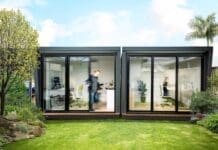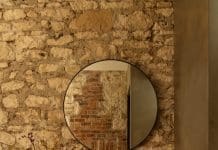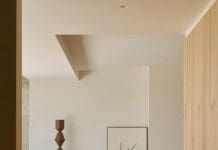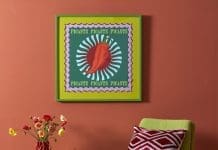When decorating any space, it’s important to have a clear source of inspiration. This inspo could be a colour palette that instantly lifts your mood, an interior design style you’ve always gravitated towards, or simply a feeling — calm, cosy, vibrant, grounded — that you want the space to evoke every time you walk in.
Without a defined vision, decorating can quickly feel overwhelming or disjointed. That’s when buyer’s remorse creeps in — when we make spur-of-the-moment decisions that don’t work together and we end up second-guessing everything. But when you anchor your choices to a particular aesthetic or emotion, the entire process becomes more intuitive — from selecting furniture and lighting to choosing artwork and decor.
To help you discover your signature look (or refine the one you already love), I’m breaking down the 10 most popular interior design styles in Australia right now. You may find your unique style is a blend of two or more styles!
Related article: Do you know what your interior style is? Take the quiz!
Related article: The ultimate guide for achieving a coastal interior style
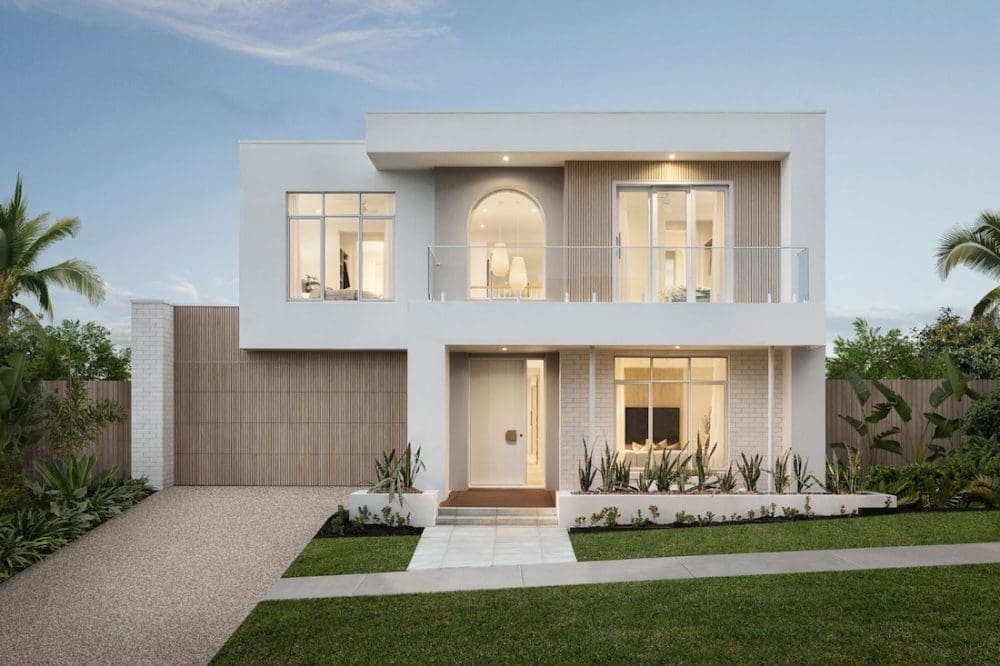
Modern coastal
Move over ’90s beachy decorating, today’s coastal interior style is far more contemporary. Inspired by the sea and sky, the coastal style is light and breezy, and embraces a colour palette drawn from the ocean.
The coastal style is defined by natural materials and textures. The base is generally light and airy, paired with accents of blue and green. Timber plays a leading role, acting to ground spaces while adding warmth. For a more elevated take, incorporate luxe natural stone and metallic accents (think brass handles and tapware).
Décor needn’t be overtly ‘beachy’. In recent years, cliché coastal wall art has been replaced by more sophisticated photographic pieces, and décor of oars and lifebuoys have been set aside to make room for abstract pieces such as bowls made from aged wood or shell.
Linen slip-cover furniture, raw timber tables, woven baskets and jute rugs all suit this style to a T. Don’t forget to add some oversized cane pendant lights into the mix for serious wow-factor. The new brand of coastal style is focused on creating a relaxed and comfortable environment rather than filling the space with ocean-themed references to the point of feeling kitsch.
Modern coastal home facades generally incorporate weatherboard panels, natural timbers, and soft stone features. A crazy pave path and exposed concrete driveway, along with layered planting schemes complete the look. For more guidance on choosing exterior finishes, check out this article on how to match your facade style with your interior — it’s full of practical tips and inspiration.
The coastal style is perfect for mixing with contemporary or Scandinavian.

Contemporary
This style stumps a lot of people — and for good reason — it’s a fluid design style that’s based on what’s in style here and now (not to be mistaken with ‘Modern’ style). For this reason, the characteristics that define this style are continually evolving. We also believe place plays a large part of shaping this style; certainly, the contemporary Australian interior style looks very different to contemporary American, which is far more ornate.
Right now, the contemporary style in Australia is defined by large, abstract artworks, panelled feature walls, punches of colour in deep, muted tones and highly textured furniture and décor. There’s a newfound appreciation for artisanry, such as beautiful handmade woven baskets or hand-thrown ceramics. We’re also seeing a strong focus on quality, with natural materials like stone, terrazzo and timber being used to add warmth, depth and a sense of timelessness.
A common theme of the contemporary interior style though, no matter how it morphs over time, is an emphasis on connecting the indoors to the out. Generally, there’s also a focus on form — right now we’re seeing curved, arch shapes coming through whereas up until recently, clean, minimal lines dominated.
I mentioned in the intro the idea of fusion styles. Many interior styles can blend, so long as they share some similar characteristics or values. When it comes to the contemporary style, you’ll often hear of hybrids like ‘contemporary boho’, ‘contemporary coastal’ and ‘contemporary minimalist’.
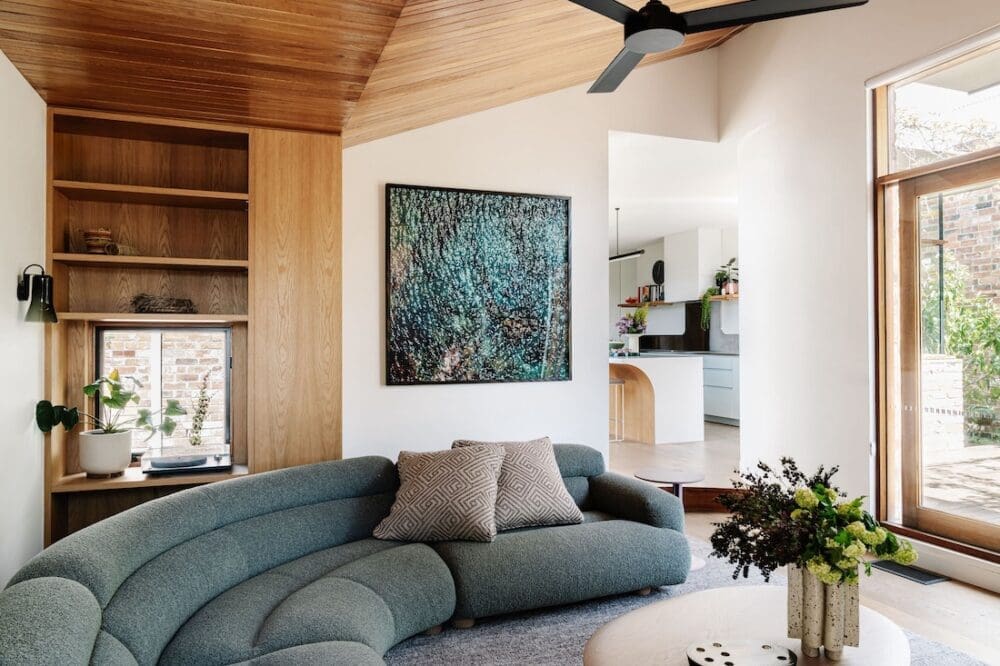
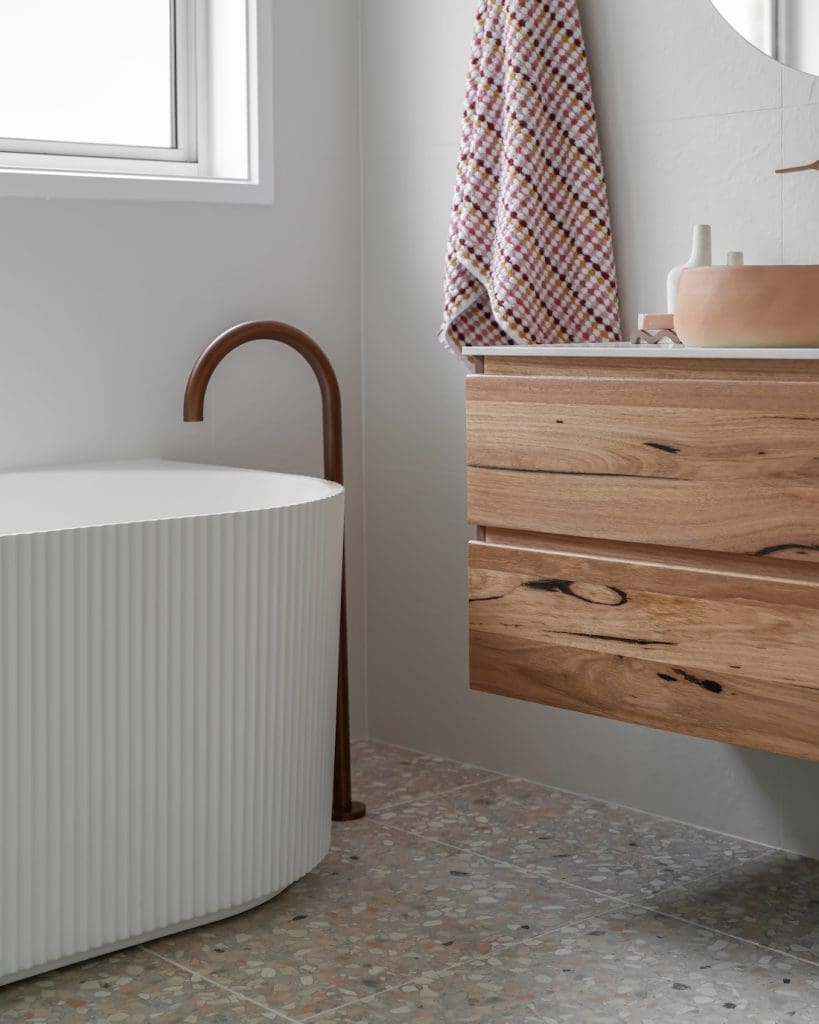
Farmhouse fusion
Luxe farmhouse, coastal farmhouse and modern farmhouse are just a few of the farmhouse fusion styles trending in Australia. Whether in regional areas or suburban new builds, many are drawn to the timeless elegance of this design style.
Characterised by shaker-style cabinetry, barn doors, reclaimed timber accents (including exposed ceiling beams) and a neutral palette with pops of olive green or navy.
Rustic elements are balanced against modern materials for a fresh take on this traditional style. Impeccable craftsmanship, like timber kitchen island benches, paired with natural materials like stone and brick play a leading role in these spaces.
The farmhouse style can be given a more traditional spin by dialling up Provincial vibes. Typically a Provincial home or duplex has similar characteristics but more ornate finishes. For example, upholstered bedheads with tufting or studding detail, carved chests with gilding, and armchairs with cabriole legs. The colour palette in Provincial spaces is a mix of creamy whites, dove greys and ivory with splashes of soft green, duck egg or inky blues. For something more adventurous, you could try accents of lavender, turquoise or dusty pink.
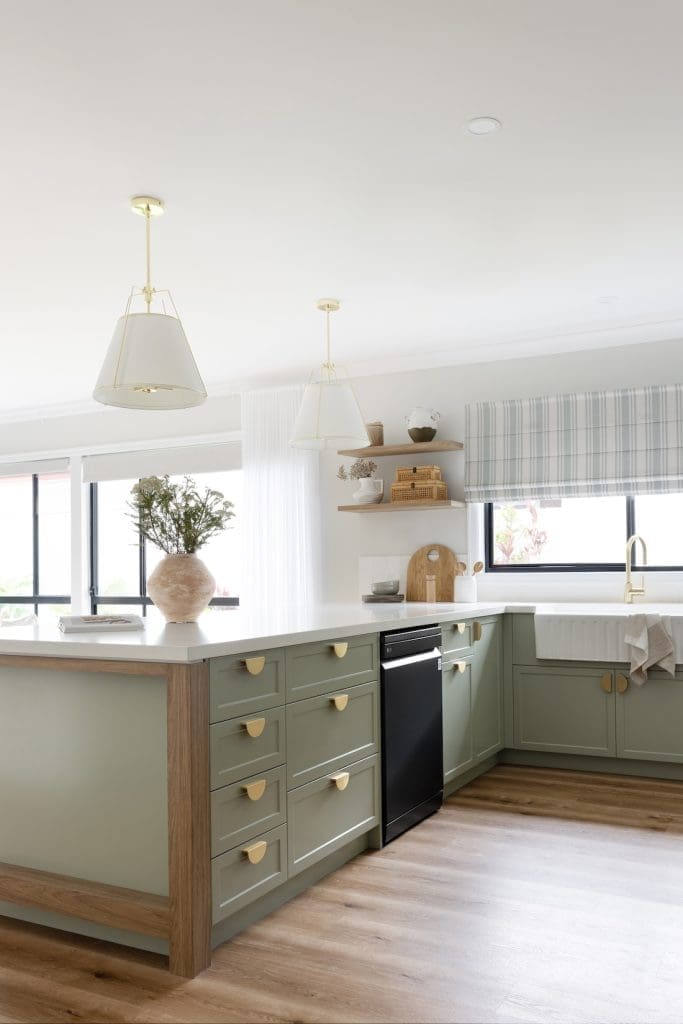
Minimalist
As the name suggests, this interior style is all about simplicity. From the shape and style of furniture, to the colour palette of the space, and of course the decorating — the saying ‘less is more’ applies.
Minimalist design takes notions from modern and Scandinavian styles and simplifies them further. Despite being stripped back, it needn’t be stark or sterile. In fact, many people embrace minimalist styling because it creates a soothing and inviting ambience. There’s serenity in simplicity.
Typically, minimalist spaces embrace a monochromatic colour palette of white, grey and black but you do see occasional accent colours. Everything should have a purpose. In minimalist design, function and form are key. Styling is deliberate and everything in the space belongs (a far cry from the eclectic style where ‘more is more’).
Lighting also plays an important role in bringing this style to life. Where there isn’t ample natural light, floor lamps almost always feature in a space.
This style can blend with almost any other as it’s about removing clutter and simplifying a space to only that which belongs.
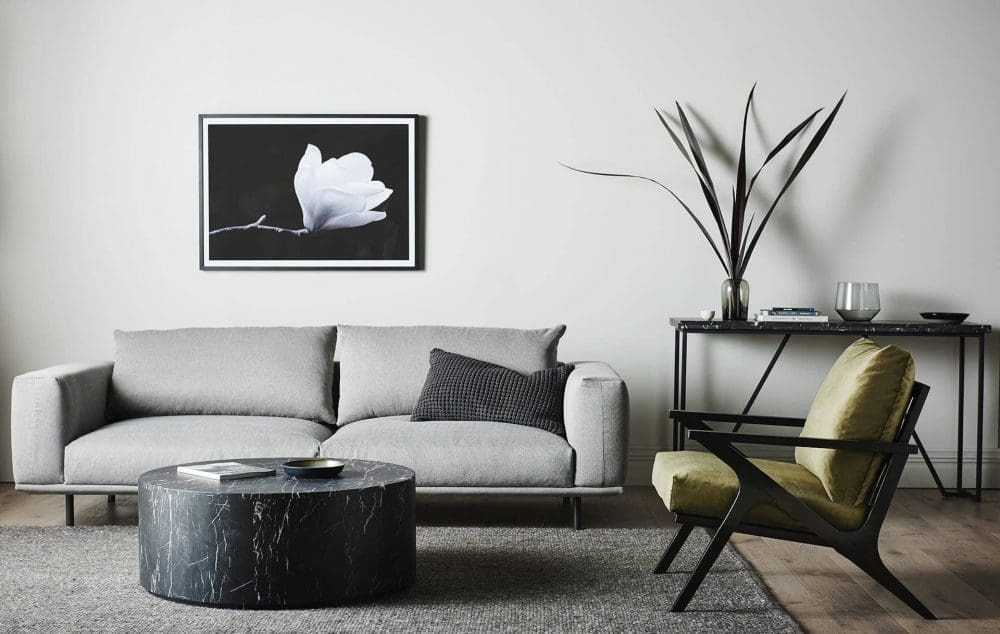
Heritage revival
Heritage Revival is all about embracing the charm and craftsmanship of the past, while blending it seamlessly with modern living. It’s a style that feels layered, storied and rich in character — perfect for anyone who loves timeless design with a touch of romance.
This look celebrates period features like ceiling roses, picture rails, fireplaces and ornate cornices, and pairs them with thoughtful updates. Think vintage-inspired tapware, classic shaker cabinetry, and natural materials like marble, timber and brass. Muted tones such as sage, dusty blue, and soft greys work beautifully alongside warm whites and natural textures.
Unlike minimal styles, Heritage Revival welcomes detail. Wallpaper, wainscoting, antique mirrors and patterned tiles are all right at home here — it’s about curating a space that feels lived-in and loved, not overly styled.
To bring this look to life, start by highlighting your home’s original features or adding in traditional elements like decorative mouldings. Layer in vintage furniture or heirloom-style pieces and mix them with modern comforts for a fresh take on old-world elegance.
If you’re drawn to classic design with a contemporary twist, explore our favourite ideas to create a Heritage Revival interior here.
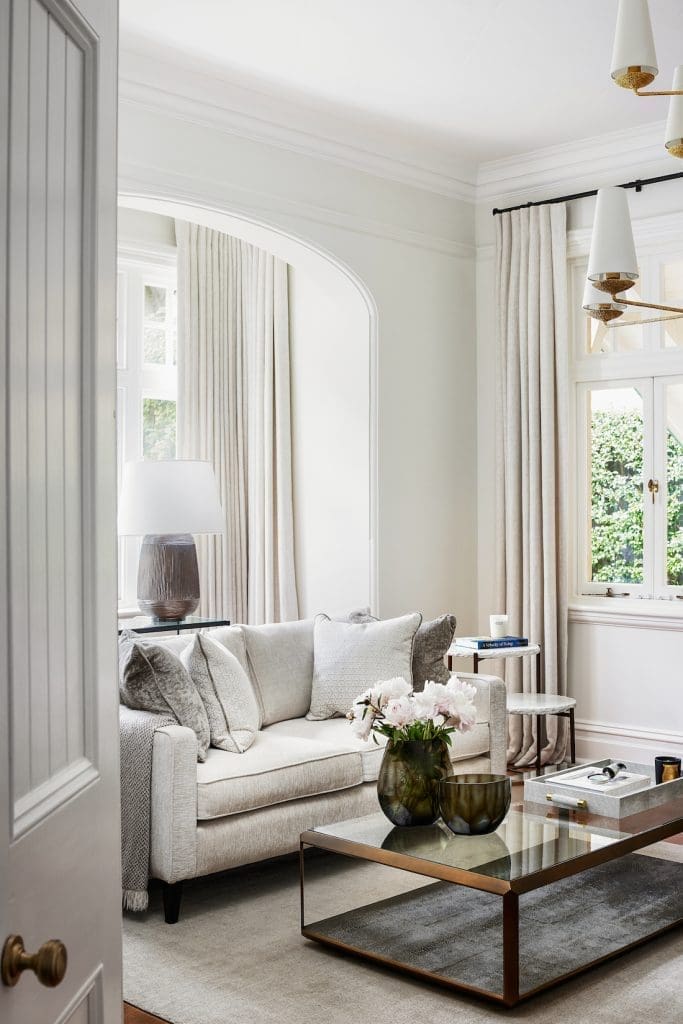
Mid-century modern
This design style refers to the resurgence of mid-century design (spanning from roughly the mid-1940s to 1970s) but through a modern lens.
Mid-century modern focuses on clean lines and contemporary patterns that are carried through from fixed materials (linear mosaic kitchen splashbacks or timber panel walls, for example) to soft furnishings (cushions or rugs with modern patterns). Natural materials, especially timber, are celebrated and used abundantly.
Iconic mid-century furniture items are often the hero of the room, such as furniture designed by Herman Miller or Hans Wegner, and combined with contemporary art and décor to create a fresh, modern look. Alternatively, new furniture could be custom made taking inspiration from the mid-century era. Think low-slung furniture, warm timber tones (like walnut and teak), and a mix of natural and bold colours, such as mustard yellow, rust, olive green and deep navy. Curved shapes, tapered legs and statement armchairs are also all signature elements.
Statement lighting, period art, neutrals paired with bright pops of colour, and quirky accents decorate these homes. A sunburst mirror or vintage-style pendant light makes the perfect finishing touch.
There’s plenty of scope to create a unique mid-century modern look of your own but if you feel like incorporating other design influences, consider trying ‘mid-century eclectic’ or ‘mid-century boho’.
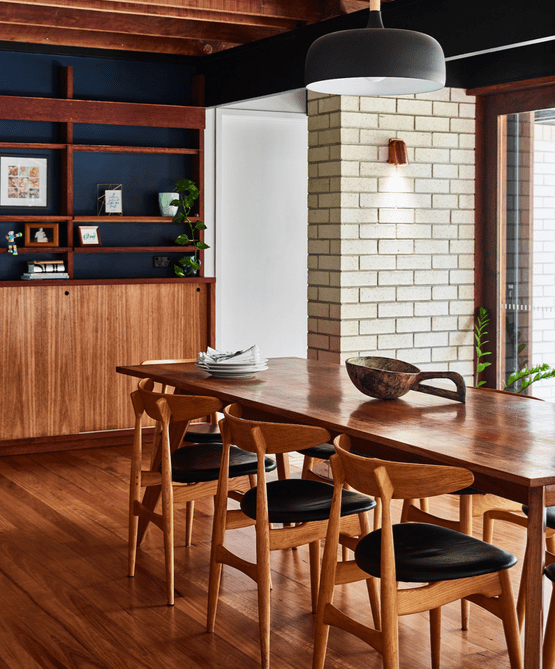
Industrial
The industrial style is about exposing what lies beneath to achieve a raw, edgy style. The bones of a building are often the hero in the form of exposed ceilings or beams, brick or concrete slab walls, and even exposed pipes and hardware.
Use sparse, functional furniture, metal light fixtures, and large-scale abstract photographic artwork. Colour palettes can be muted and play more with texture and material, such as combining leather and metal, or at times you’ll see bold accent colours like red and yellow used.
In early 20000s, the industrial style was done to death and once it hit its peak, many of us needed a break from it. So for some time, we haven’t seen industrial design making a big appearance in Australian homes… but that’s beginning to change and industrial is re-emerging as one of the most popular interior design styles.
The new wave of industrial is more luxurious. Refined pieces that embrace texture have replaced DIY timber pallet furniture. And it’s less masculine with warmer textures and indoor plants used to soften spaces.
If you like the industrial style but want to give it your own spin, consider trying a ‘mid-century modern industrial’, ‘luxe industrial’ or even ‘coastal industrial’ version by incorporating other design elements into the mix.
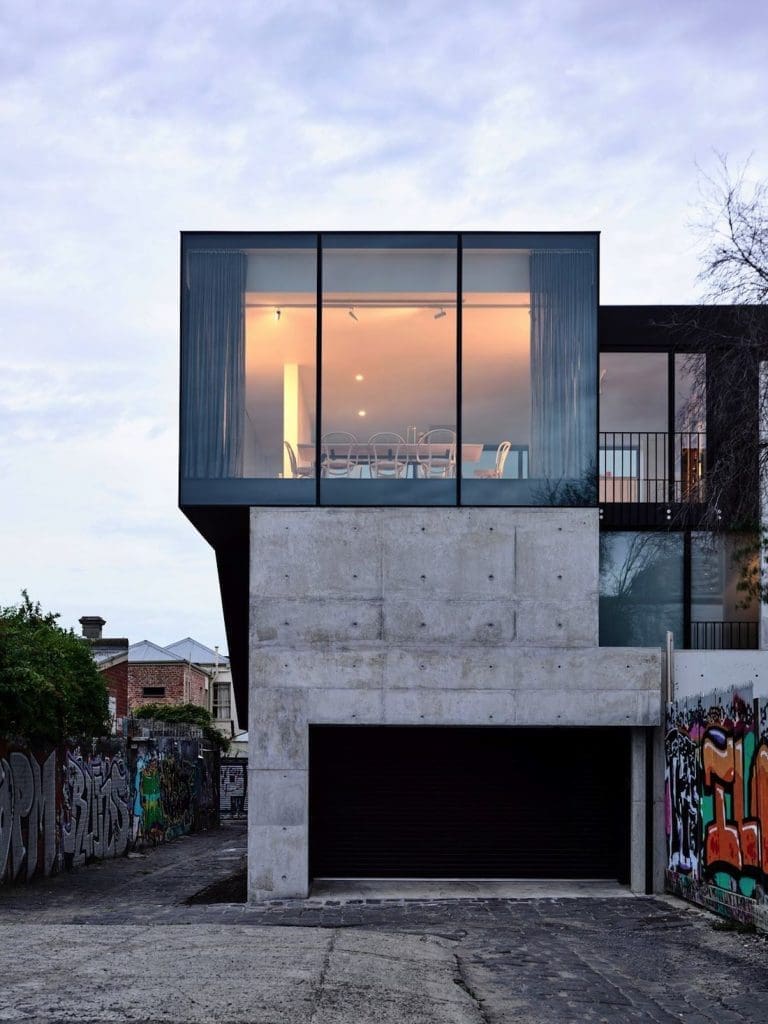
Japandi
Japandi fuses Japanese and Scandinavian design principles — a style that celebrates simplicity, craftsmanship and intentional living. It strikes a balance between the warm minimalism of Scandi interiors and the refined elegance of Japanese aesthetics.
Typically, Japandi spaces feature a soft, neutral colour palette of taupe, stone, warm greys and muted greens, paired with natural materials like timber, linen, stone and ceramic. Furniture is low-profile and functional, with clean lines and a strong emphasis on quality over quantity.
Like Scandinavian style, Japandi embraces a clutter-free philosophy, but it leans more into calm, contemplative styling — think fewer decorative pieces, but each with meaning or tactile appeal.
To embrace Japandi at home, look for pieces in natural timber, add soft lighting and incorporate hand-crafted ceramics or a sculptural branch in a vase. And don’t forget the power of negative space — sometimes what you leave out says just as much.
Japandi continues to rise in popularity for its timeless appeal and grounding atmosphere.
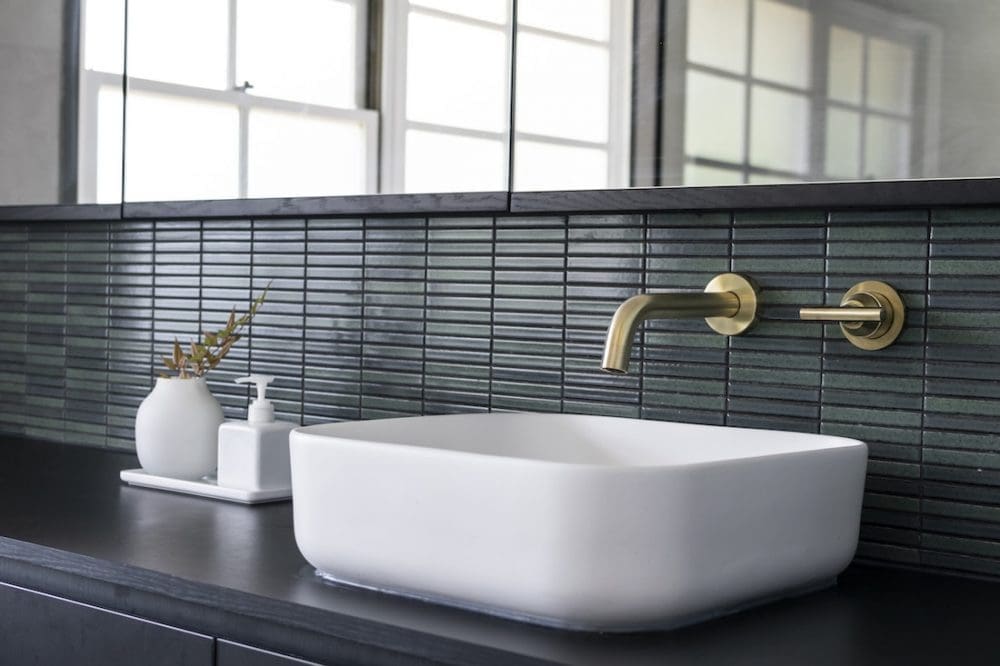
Luxe
The luxe style spells elegance and opulence. There’s usually a bold application of pattern and colour. Spaces are intricately layered and beautifully measured with nothing but the best.
Large mirrors, architectural lighting and patterned textiles feature heavily in luxe interiors. Almost everything can be, and often is, custom made to fit the space perfectly. From uniquely patterned carpets to custom joinery, everything in the space has precision.
You’ll often see glimmers of gold or brass throughout to give these spaces sophistication and presence. Other materials that feature heavily include natural stone (and the more rare or unusual, the better) designer wallpaper and furs.
Fusion styles you often hear are ‘boho luxe’ or ‘coastal luxe’ but it blends with any style as it’s all about taking things up a notch and using the highest quality materials and finishes.
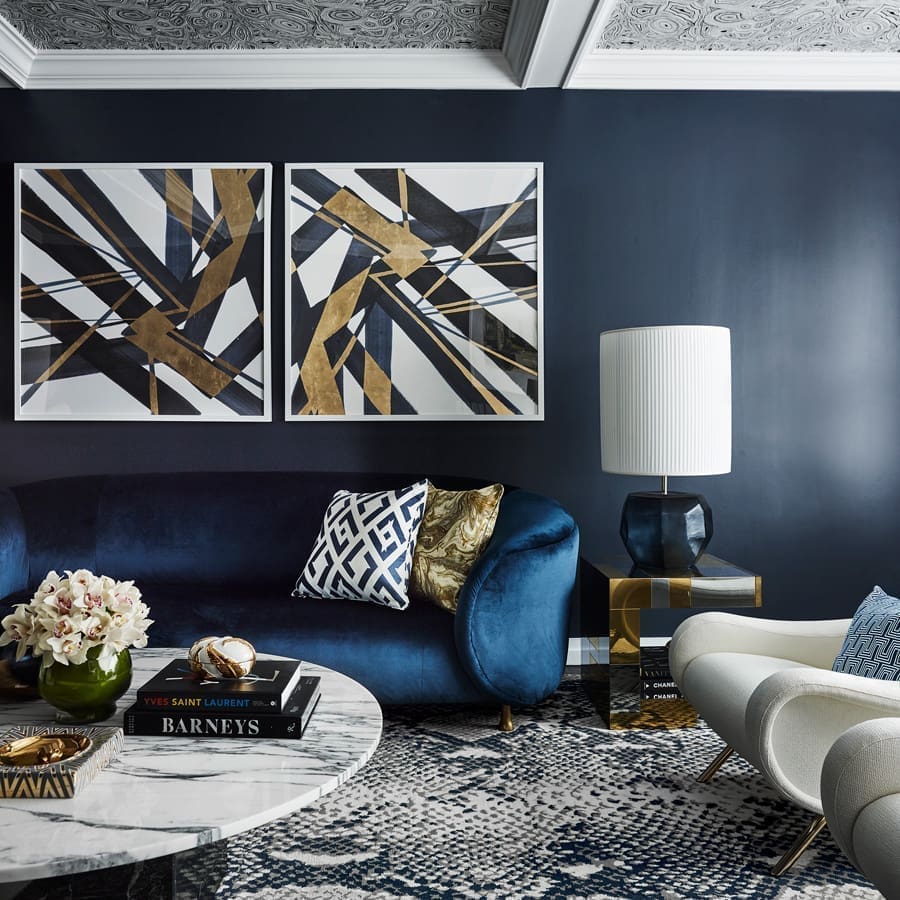
Eclectic
Do you love to let your creativity run wild? Then this playful design style could be the one for you. The electic style is a mix of old and new, luxury and salvaged, East and West… almost anything goes!
You do however need to have more of a styling eye to pull off this look! Otherwise, all those items you’re throwing together could just look like a hot mess.
Some defining characteristics of the eclectic style are celebrating the use of reclaimed materials or objects, contrasting rustic against elegant, and unexpected accents.
A trick to elevate your eclectic styling is to introduce repetition. Display a collection of similar objects together or create a gallery wall with some common elements. Across the room, you can also repeat colours or shapes. This will help to create rhythm in your space and avoid the issue of it feeling chaotic which is a trap to watch for in eclectic design. The aim is to create an engaging mix of objects that emulate warmth.
If you want to give the eclectic style your own spin, consider trying a ‘luxe eclectic’ look where you dial up the elegant pieces in the space and embrace a more opulent colour palette.
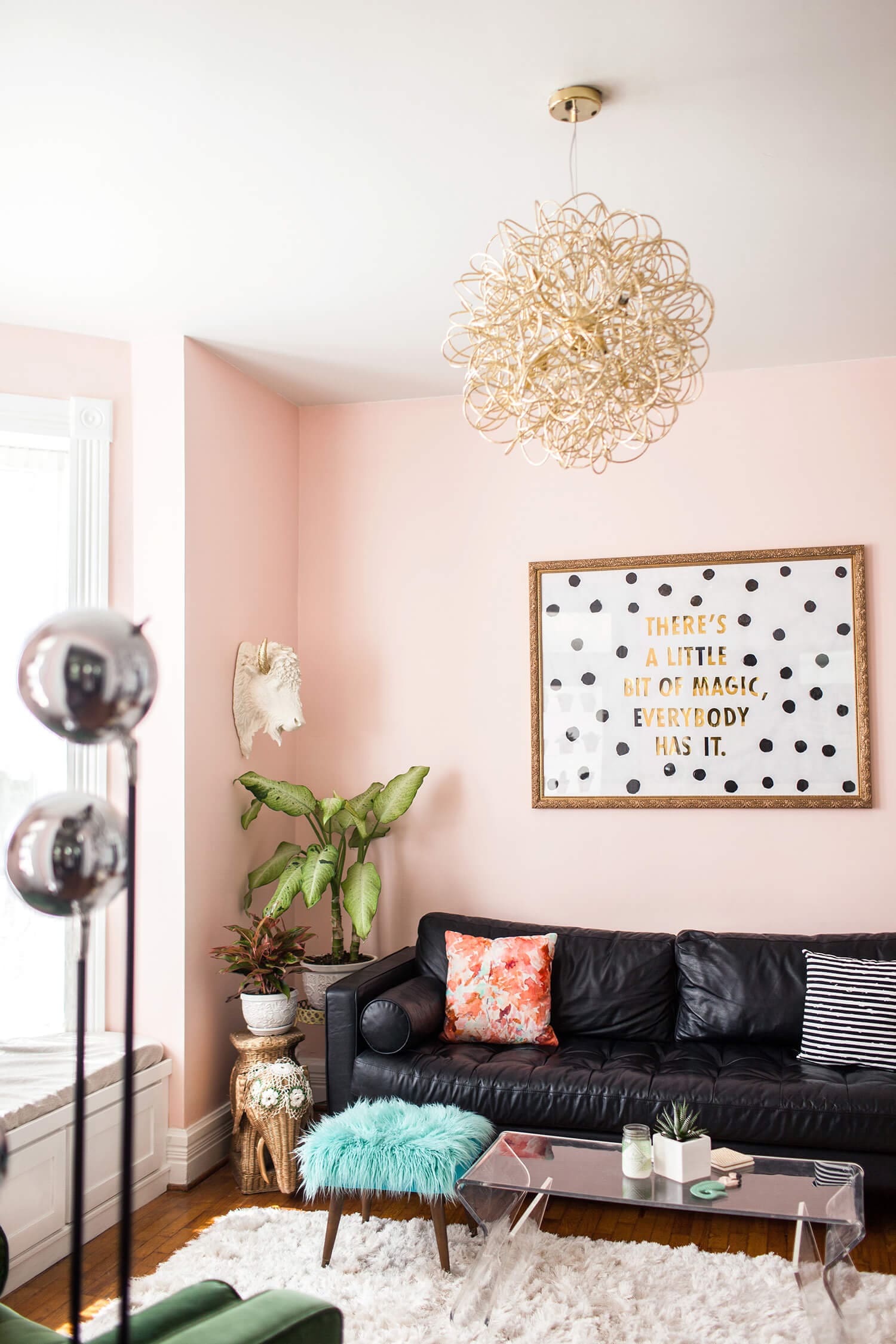

Did this guide to the 10 most popular interior design styles shed some light for you on what your individual style could be? We’d love to know what style or fusion style you are — tell us by posting a comment below! Of course there are also many more design styles out there, including shabby chic, Hollywood glam, and modern.
Check out more styling inspo here

This article was first published in January 2020 and continues to be updated with the latest information and images.


